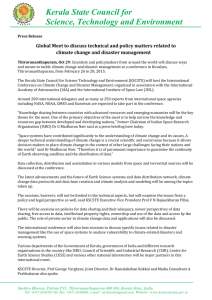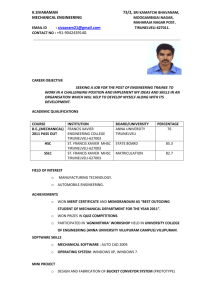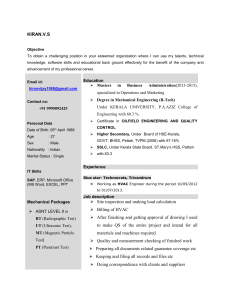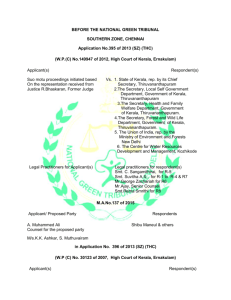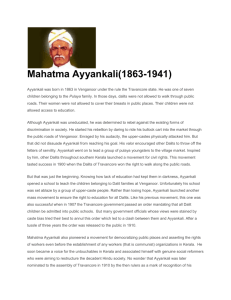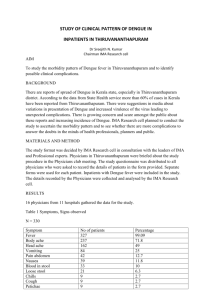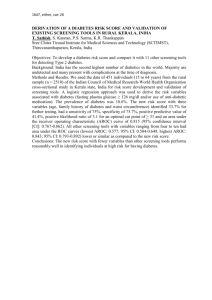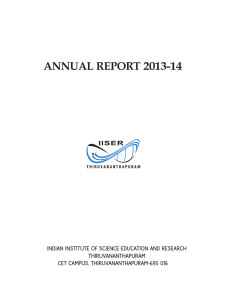Thiruvananthapuram which was previously called
advertisement
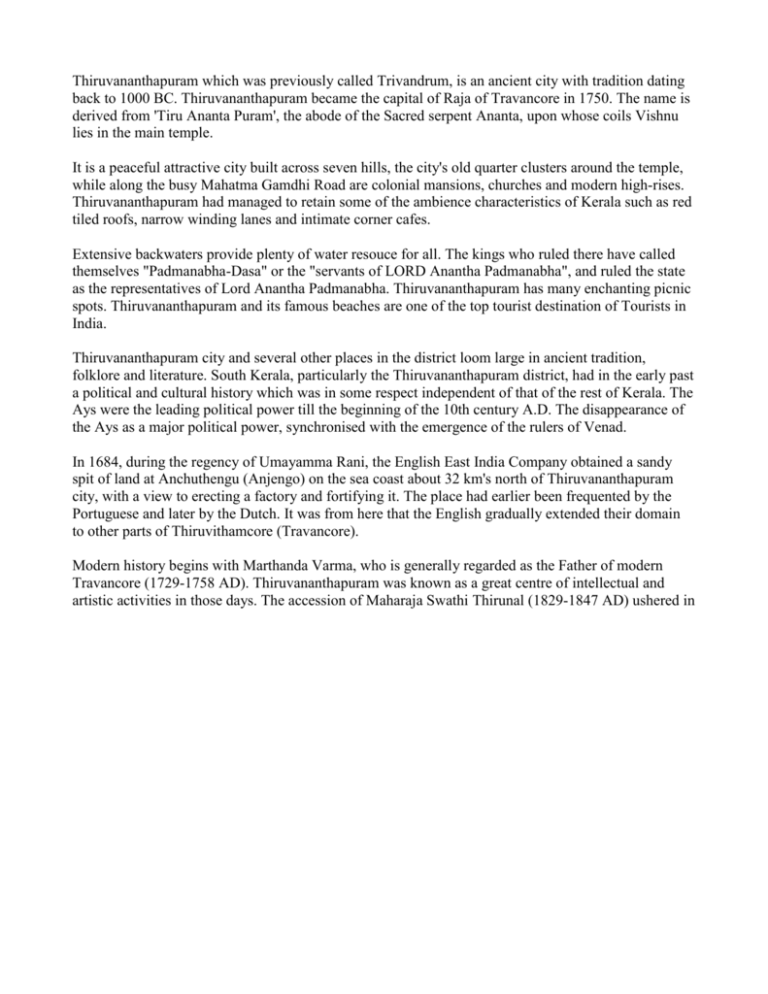
Thiruvananthapuram which was previously called Trivandrum, is an ancient city with tradition dating back to 1000 BC. Thiruvananthapuram became the capital of Raja of Travancore in 1750. The name is derived from 'Tiru Ananta Puram', the abode of the Sacred serpent Ananta, upon whose coils Vishnu lies in the main temple. It is a peaceful attractive city built across seven hills, the city's old quarter clusters around the temple, while along the busy Mahatma Gamdhi Road are colonial mansions, churches and modern high-rises. Thiruvananthapuram had managed to retain some of the ambience characteristics of Kerala such as red tiled roofs, narrow winding lanes and intimate corner cafes. Extensive backwaters provide plenty of water resouce for all. The kings who ruled there have called themselves "Padmanabha-Dasa" or the "servants of LORD Anantha Padmanabha", and ruled the state as the representatives of Lord Anantha Padmanabha. Thiruvananthapuram has many enchanting picnic spots. Thiruvananthapuram and its famous beaches are one of the top tourist destination of Tourists in India. Thiruvananthapuram city and several other places in the district loom large in ancient tradition, folklore and literature. South Kerala, particularly the Thiruvananthapuram district, had in the early past a political and cultural history which was in some respect independent of that of the rest of Kerala. The Ays were the leading political power till the beginning of the 10th century A.D. The disappearance of the Ays as a major political power, synchronised with the emergence of the rulers of Venad. In 1684, during the regency of Umayamma Rani, the English East India Company obtained a sandy spit of land at Anchuthengu (Anjengo) on the sea coast about 32 km's north of Thiruvananthapuram city, with a view to erecting a factory and fortifying it. The place had earlier been frequented by the Portuguese and later by the Dutch. It was from here that the English gradually extended their domain to other parts of Thiruvithamcore (Travancore). Modern history begins with Marthanda Varma, who is generally regarded as the Father of modern Travancore (1729-1758 AD). Thiruvananthapuram was known as a great centre of intellectual and artistic activities in those days. The accession of Maharaja Swathi Thirunal (1829-1847 AD) ushered in an epoch of cultural progress and economic prosperity. Trivandrum Snake Boat The beginning of English education was made in 1834 by opening an English school at Thiruvananthapuram. In 1836, an observatory and a charity hospital were established at Thiruvananthapuram. During the reign of Ayilyam Thirunal (1860-1880), a fully equipped Arts College was started besides several English, Malayalam and Tamil schools. A large hospital with a lying-in-hospital and a lunatic asylum was also established. In 1873, the University College was opened. It was during the reign of Sri Moolam Thirunal (1885-1924), that the Sanskrit College, Ayurveda College, Law College and a second grade College for Women were started at Thiruvananthapuram. A department for the preservation and publication of oriental manuscripts was also established. One of the significant measures associated with Shri Moolam Thirunal’s reign was the inauguration of the Legislative Council in 1888. This was the first legislative chamber, instituted in an Indian State. In 1904, the Shri Moolam Assembly came into being. The activities of the Indian National Congress echoed in Thiruvananthapuram and other parts of Kerala during the reign of Shri Moolam Thirunal. In 1938, a political conference of the Congress was held in the city under the presidency of Dr. Pattabi Sitaramaiah. The period of Maharaja Shri Chithira Thirunal Bala Rama Varma who took the reigns of administration in 1931, witnessed many-sided progress. The promulgation of the Temple Entry Proclamation (1936) was an act that underlined social emancipation. In 1937, a separate University for Travancore was started. This was later redesigned as University of Kerala, following the formation of Kerala State in 1956. With the accession of Travancore to the Indian Union after Independence, the policy of the State Government as well as the political atmosphere underwent radical changes. The first popular ministry headed by Sri.Pattom A.Thanu Pillai was installed in office on 24th March, 1948. Consequent on the recommendations of the State Reorganization Commission, the four southern taluk's of Thovala, Agasheeswaram, Kalkulam and Vilavancode were merged with Tamil Nadu. The State of Kerala came into being on November 1, 1956 Trivandrum Beach Trivandrum
